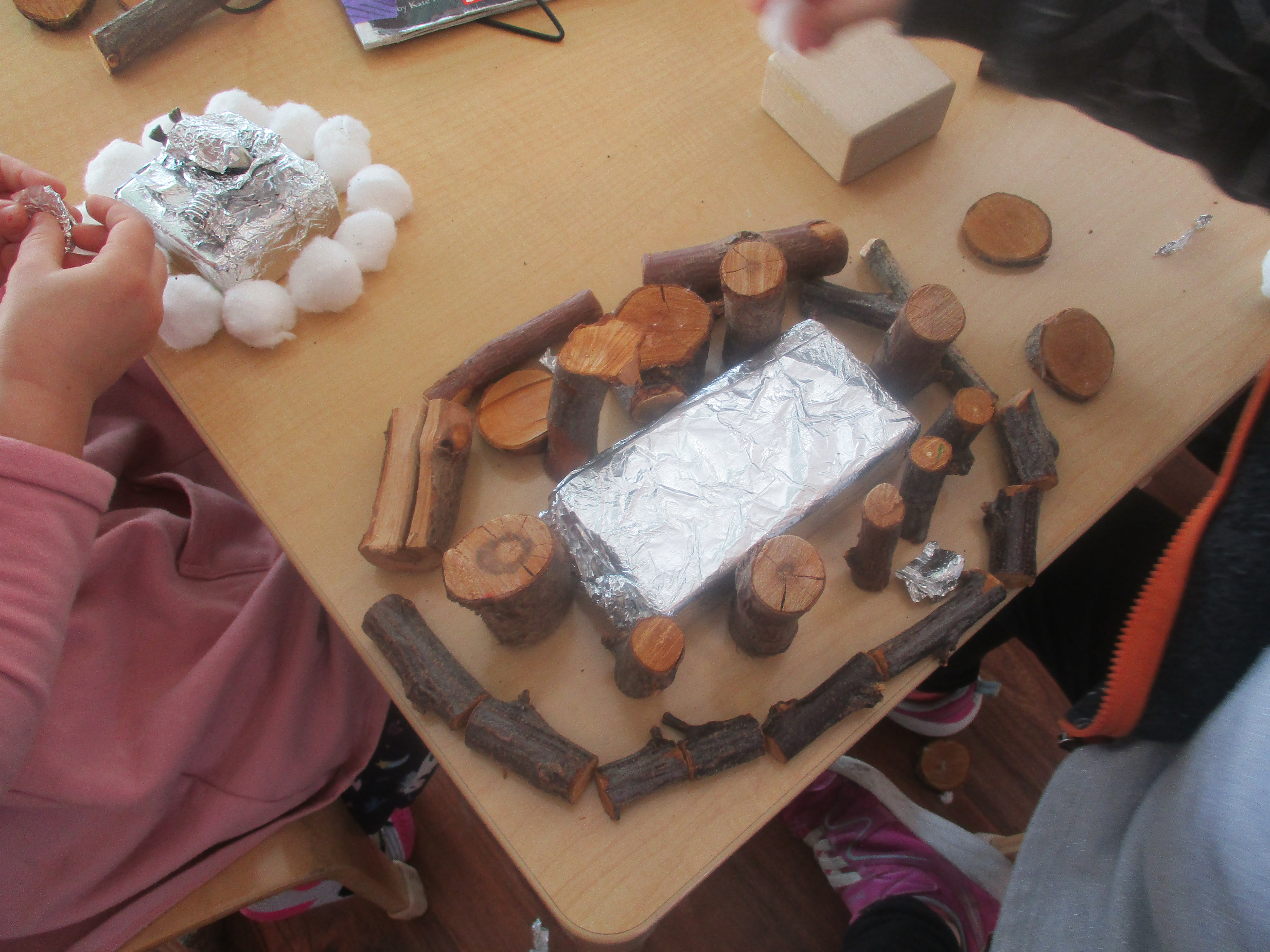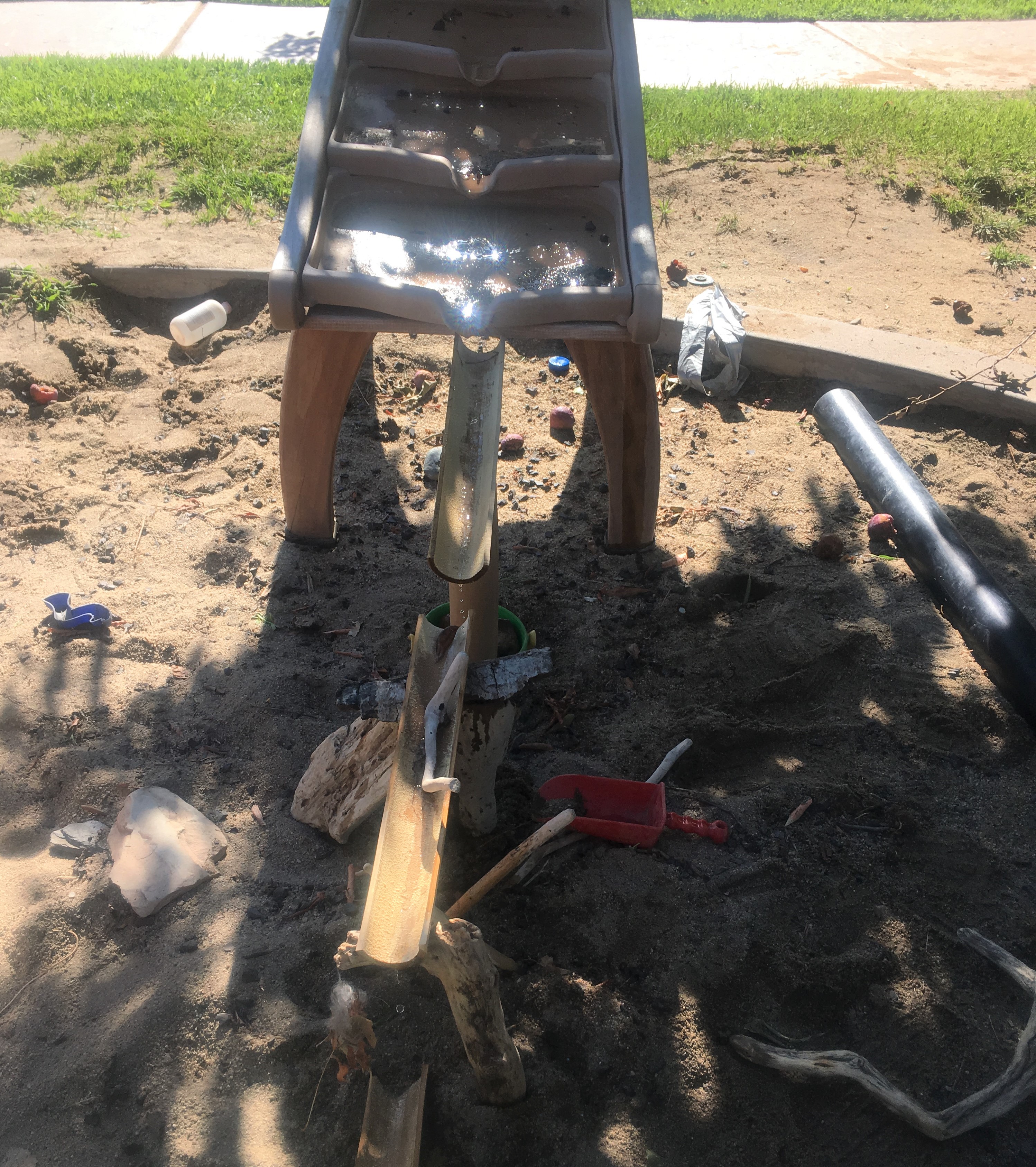The preschool and prekindergarten classrooms are where exploration becomes more formalized. Here, the children learn basic skills needed for kindergarten: familiarity of routines, social skills in a group setting, math concepts, language arts, cognitive skills, fine and gross motor skills and problem solving — all don e within a nurturing environment designed specifically for them. Using the Floorbooks and an integrative interactive process with the children, we take the developmental domains as our foundation and base it in children's interest while supporting the children in meeting the Desired Results and the California Preschool Curriculum Foundations and Frameworks. This curriculum also encourages our teachers to individualize for all the children, the precocious child to the shy child learning English as a second language. We ensure that all children's voices are participating in the curriculum development and that their interests are reflected. The learning and development is shown in our Floorbooks, where the teachers and children work together to document their thoughts, record and reflect on their experiences and plan future exploration opportunities.
e within a nurturing environment designed specifically for them. Using the Floorbooks and an integrative interactive process with the children, we take the developmental domains as our foundation and base it in children's interest while supporting the children in meeting the Desired Results and the California Preschool Curriculum Foundations and Frameworks. This curriculum also encourages our teachers to individualize for all the children, the precocious child to the shy child learning English as a second language. We ensure that all children's voices are participating in the curriculum development and that their interests are reflected. The learning and development is shown in our Floorbooks, where the teachers and children work together to document their thoughts, record and reflect on their experiences and plan future exploration opportunities.
The learning journey focused on interesting topics such as insects or balls. The are exposed to different planned activities and materials that encourage their development in all areas. This planning is carefully thought out by their degreed and credentialed teachers. Each teacher in the classroom is the primary caregiver for 10 children with a maximum of 20 children in the class. The teacher’s responsibility is to develop activities and provide materials in the classroom that encourages each child as well as meets the needs of the classroom overall with other teachers.
Each activity  — whether it's playing with Play-Doh, playing with others, making sand cakes or building a city with blocks — provides the child with numerous developmental growth opportunities.
— whether it's playing with Play-Doh, playing with others, making sand cakes or building a city with blocks — provides the child with numerous developmental growth opportunities.
The classroom environment is fundamental to supporting the child’s experiences and learning while in the program. The ECEC strives to make its classrooms a welcoming place for both the children and family that features “homelike” touches. The room and playground allow the children to freely and safely explore their environment. Classrooms are divided into strategically-located interest areas, so learning experiences do not interfere or interrupt one another. For example, noisy activities (building with blocks, dramatic play) are separate from quiet activities (reading, writing and art). The teachers rotate materials often to keep the children interested and increase the level of difficulty so children are challenged mentally and physically.



